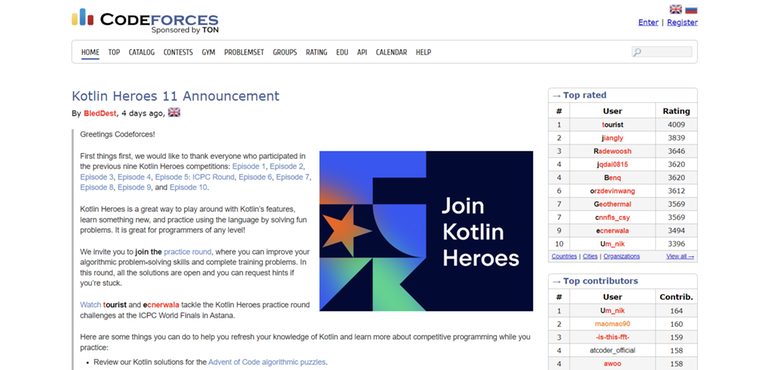Do you know where will the ICPC world finals 2025 be held?
Was it announced officially anywhere? I've heard from some people who were at the last world finals that the organizers didn't announce where next year's WF is going to be or mention anything about it.
Earlier this year I've heard rumors that the 2025's WF might be held in Sweden, and later on I've heard some people saying that it'll be held in Armenia, but the latest place I've heard is China.












